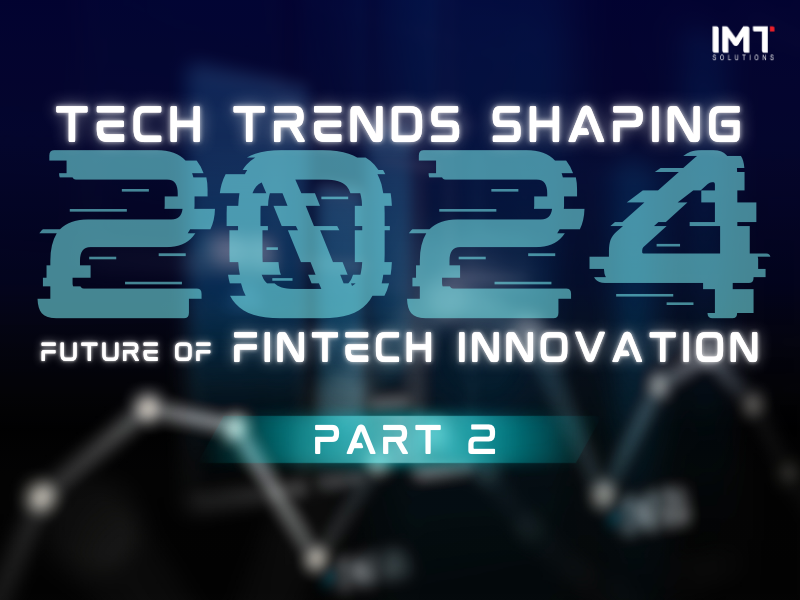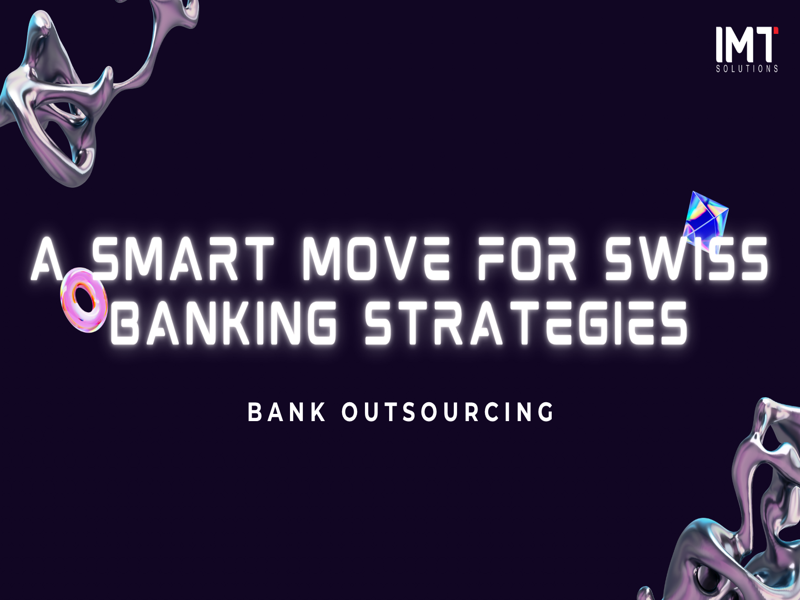How to Measure Digital Transformation for Sustainable Business Growth
As we move further into the digital age, the landscape of business is being rewritten by technology at a pace we’ve never seen before. No longer confined to tech, digital transformation trends are sweeping across industries, from retail to healthcare, forcing companies of all sizes to adapt or risk becoming obsolete. Dive into the key trends of 2024.
The components of digital transformation
To capture digital transformation trends, you first need to understand the key components. Digital transformation is not a single process but a combination of multiple factors, including:
- Technology: This is the core element of digital transformation. Businesses need to adopt new technologies such as AI, ML, IoT, and Blockchain to improve performance, optimize processes, and create new products/services. For example, using AI to analyze customer data and provide personalized product recommendations is one of the practical applications of digital transformation.
- Data: Data is a critical resource in digital transformation. Businesses need to collect, store, and analyze data efficiently to make accurate business decisions. For instance, big data can be used to predict market trends, analyze customer behavior, and optimize business strategies.
- Processes: Digital transformation requires businesses to enhance their current workflows to align with a digitized environment. This includes automating processes, reducing manual steps, and integrating technology systems to create more efficient workflows. For example, automating workflows with RPA (Robotic Process Automation) helps businesses minimize errors and increase productivity.
- People: Businesses must ensure that employees are equipped with the necessary digital skills to fully leverage new technology. Training and changing organizational culture to adapt to a digital environment are essential to ensuring the success of the digital transformation process.

Key Digital Transformation Trends in 2024
AI and Machine Learning (ML)
AI and Machine Learning are revolutionizing many industries through the analysis of complex data, making accurate predictions, and optimizing operational processes. As part of the digital transformation trends, AI has evolved from merely automating simple tasks to more complex systems, such as detecting financial fraud through big data analysis or forecasting supply chain demand in real-time.
For example, in finance, AI not only helps banks automate auditing processes but also provides early warnings on suspicious trading activities. Advanced machine learning models, driven by these digital transformation trends, have the capability to detect anomalous data patterns that human analysts may miss, thereby helping businesses mitigate financial risks and comply with stringent regulations.

Additionally, in the retail sector, Machine Learning is used to personalize user experiences. For instance, it can predict product demand and optimize inventory based on shopping behavior analysis. As a result, businesses not only optimize operational costs but also increase customer retention through accurate product recommendations.
Robotic Process Automation (RPA)
Robotic Process Automation (RPA) is a technology solution that allows the automation of repetitive business processes without human intervention. The standout feature of RPA is its quick deployment, which does not require changes to existing systems, and its ability to perform complex tasks such as invoice processing, data entry, and supply chain management.
For example, in banking, RPA is used to automate the process of loan approval. Instead of staff manually checking every step, robots can perform all credit checks and make decisions based on pre-programmed rules. This reduces processing time and increases accuracy, while freeing up staff to focus on more value-added tasks. RPA is also becoming an essential tool in regulatory compliance management, helping businesses automate reporting processes and minimize the risks of human error. Learn more about RPA here.
Cloud Computing and SaaS
Cloud computing is at the forefront of digital transformation trends, becoming a critical factor in helping businesses adapt to the fast pace of technological change. Companies are increasingly relying on cloud infrastructure not only for data storage but also for developing complex applications with lower initial investment costs. SaaS services such as Amazon Web Services (AWS), Microsoft Azure, and Google Cloud Platform (GCP) offer limitless scalability, allowing businesses to deploy and test new solutions without needing to invest in physical hardware or software.

SaaS also provides flexibility in managing and maintaining software. Automatic updates and easy integration with other applications make SaaS a crucial component of modern business strategies. For example, Salesforce, a leading CRM platform, provides powerful integration tools with existing customer management systems, allowing businesses to manage customer relationships comprehensively across all channels—highlighting the importance of digital transformation trends in customer relationship management.
Cloud computing not only enhances operational performance but also provides quick backup and data recovery capabilities in emergencies, protecting businesses from the risk of data loss. As these digital transformation trends continue to grow, cloud computing remains a cornerstone of business continuity and innovation.
Blockchain in Enterprises
Blockchain, initially known primarily through cryptocurrencies, is now being widely applied in supply chain management and data security. Blockchain operates on a decentralized mechanism where every transaction is recorded in an immutable public ledger. This ensures absolute transparency and security for transactions.
In the supply chain, blockchain allows for the tracking of a product’s journey from its origin to the end consumer. For example, Walmart has utilized blockchain to manage and monitor food transportation, reducing product traceability time from days to just a few seconds. This not only enhances efficiency but also quickly identifies quality issues, a testament to how blockchain is impacting digital transformation trends across industries.

Blockchain is also expanding in the realm of smart contracts, which help automate business transactions without the need for third-party intervention. These contracts are automatically triggered when conditions are met, reducing fraud and increasing transparency.
Internet of Things (IoT)
The Internet of Things (IoT) continues to shape digital transformation trends by enabling interconnected devices to communicate with each other, generating vast amounts of data for real-time analysis and adjustment. IoT’s role is significant as it powers the automation and optimization of production and service processes.
In manufacturing, smart factories, driven by IoT, use sensors to monitor the status of machinery and equipment, thus minimizing downtime and increasing operational efficiency. GE (General Electric), for example, has applied IoT to wind turbines and aircraft engines, continuously collecting data to detect problems early and perform proactive maintenance before major breakdowns occur.
In healthcare, wearable IoT devices like heart rate monitors or glucose meters play a critical role by allowing doctors to remotely monitor patients’ health conditions. This helps detect dangerous signs and enables timely intervention without the need for hospital visits, revolutionizing healthcare delivery as part of these digital transformation trends.
The world of business is changing rapidly, and those who embrace the latest digital transformation trends will lead the charge into the future. Don’t wait for the future to catch up with you – become the innovator in your industry. Reach out today to explore how we can help you integrate these cutting-edge technologies and turn your digital transformation vision into reality.





